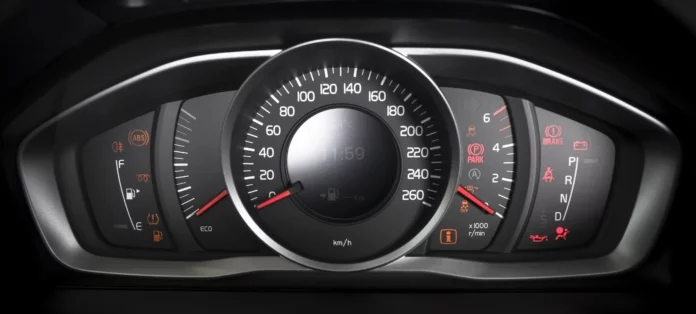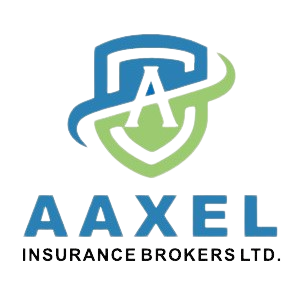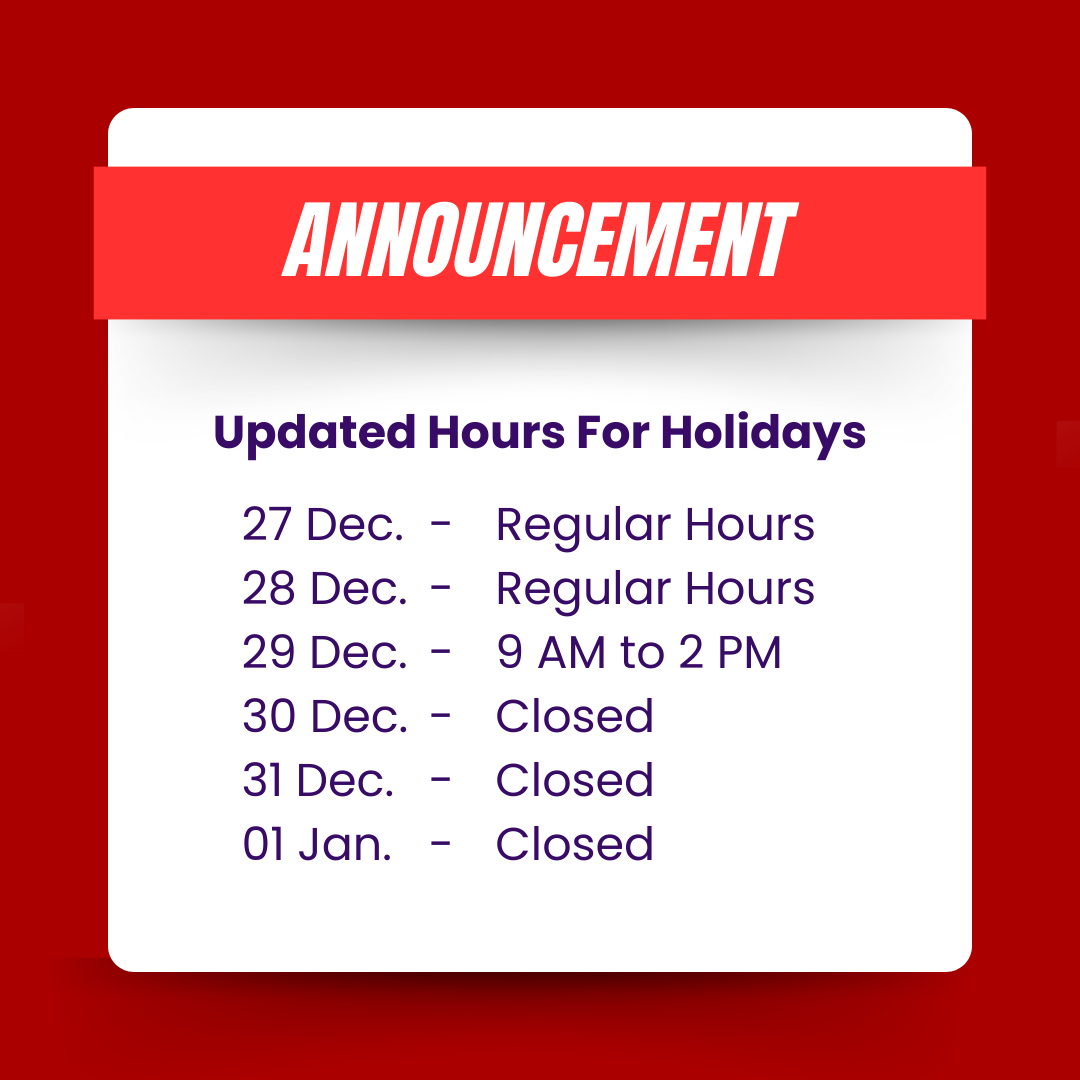Introduction
If you’re a new driver in Ontario, you may be wondering how the province’s graduated licensing system works. The system is designed to help new drivers gain the skills and experience they need to become safe and responsible drivers. In this article, we’ll take a closer look at Ontario’s graduated licensing system and how it affects new drivers.
What is Ontario’s Graduated Licensing System?
Ontario’s Graduated Licensing System is a multi-stage program that new drivers must go through before they can get a full driver’s license. The program is designed to help new drivers gain the skills and experience they need to become safe and responsible drivers.
The Graduated Licensing System has three stages:
- G1: This is the first stage of the program. Drivers must be at least 16 years old and pass a written test to get a G1 license. With a G1 license, new drivers can practice driving with a licensed driver who has at least four years of driving experience.
- G2: This is the second stage of the program. Drivers must hold a G1 license for at least 12 months and pass a road test to get a G2 license. With a G2 license, new drivers can drive on their own, but there are still some restrictions, such as a zero blood alcohol level.
- G License: This is the final stage of the program. Drivers must hold a G2 license for at least 12 months and pass another road test to get a full G license. With a G license, new drivers have no restrictions and can drive on their own.
Why Does Ontario Have a Graduated Licensing System?
The purpose of Ontario’s Graduated Licensing System is to help new drivers gain the skills and experience they need to become safe and responsible drivers. The system is designed to reduce the number of accidents involving new drivers, which can help improve road safety for everyone.
The system also helps ensure that new drivers are properly trained and have a solid understanding of Ontario’s traffic laws and road regulations. By requiring new drivers to go through multiple stages, the system helps them gain the experience needed to make good driving decisions.
Benefits of Ontario’s Graduated Licensing System
There are several benefits to Ontario’s Graduated Licensing System. One of the biggest benefits is that it helps new drivers gain the experience needed to become safe and responsible drivers. By requiring new drivers to go through multiple stages, the system ensures that they have the opportunity to practice their driving skills and gain experience under different driving conditions.
The system also helps reduce the number of accidents involving new drivers. According to the Ontario Ministry of Transportation, new drivers are at a higher risk of being involved in a collision than experienced drivers. By requiring new drivers to go through multiple stages and gain experience before getting a full license, the system helps reduce the risk of accidents.
Another benefit of the Graduated Licensing System is that it helps new drivers save money on car insurance. Insurance companies often charge higher rates for new drivers, but drivers who have gone through the Graduated Licensing System may be eligible for lower rates because they have gained more driving experience.
Conclusion
In conclusion, Ontario’s graduated licensing system is designed to provide new drivers with the skills and experience they need to become safe and responsible drivers. By following the rules of each stage, drivers can gradually gain more driving privileges and experience before moving on to the next stage. It’s important to remember that driving is a privilege, not a right and that the rules of the road are in place to keep everyone safe.
If you’re a new driver in Ontario, be sure to familiarize yourself with the requirements of each stage and take the time to build up your driving skills and experience. By doing so, you’ll not only be on the path to becoming a fully licensed driver, but you’ll also be doing your part to keep Ontario’s roads safe for everyone.







